Series Contents:
Two principles of lighting design guide designers and architects—the qualitative and the quantitative aspect of light.
The qualitative, or aesthetic aspect, ensures that a space has a pleasing ambience. It is the artistic interspersion of shadows and light to showcase figure and form.
The quantitative, or engineering aspect, revolves around providing adequate light levels. The Illuminating Engineering Society (IES) of North America publishes guidelines for light levels for many tasks and activities.
If the work of lighting design is left to engineers who simply aim to meet quantifiable lighting output requirements per application, then interior and exterior areas run the risk of feeling soulless. Using qualitative measurements, architects and lighting designers can ensure that the architectural intention and aesthetics are just as much of a priority as the function of a space.
When designing the lighting of a space, ask yourself:
- What are the light fixture and light output requirements of the space? (quantitative)
- How will the space meet the subjective, psychological experience of the occupant? (qualitative)
What is lighting design?
Lighting design imagines, creates, integrates, infuses and organizes lighting into a coordinated system, all while factoring in the potential of both natural light and electrical light in improving the occupant experience.
Accordingly, design relates to the specific purpose, or multiple purposes, of a particular space. In the kitchen, for example, you’ll likely focus on illuminating surfaces for the preparation and cooking of food. In a home theater or media room, a designer would tailor lighting to support the seating arrangement, aid wayfinding in darkness, and facilitate comfortable movie viewing.
Generally, lighting design should account for:
- The specific type of action being illuminated
- Amount of light provided
- Color of light, which may affect the optics for objects, like works of art, as well as the overall environment
- Distribution of light, which applies in exterior spaces as well as interior
Though it varies by application, lighting design should also sufficiently address the impact the illumination has on the inhabitants of the space. Here’s a guide that can help you determine the number of lumens you need to properly light any application.
Top lighting design schools in the U.S.
If lighting design sounds like a career path you’d like to pursue, there are multiple avenues of study. You could obtain a bachelor’s degree in architecture, interior design, engineering or even theater and then enroll in a master’s program focused on architectural lighting. Some schools offer minors in lighting design alongside a related bachelor’s degree, while others have post-professional certificate programs in lighting design. Here are three of the top U.S. schools focused on lighting design:
For practicing professionals…
New York School of Interior Design: Master of Professional Studies in Lighting Design
This one-year program blends the art and science of lighting design. It’s geared toward professionals, with classes in the evenings and on weekends, both onsite and online.
For aspiring product designers…
Rensselaer Polytechnic Institute: M.S. in Architectural Sciences with a Concentration in Lighting
Well-known in the industry for its Lighting Research Center, RSI’s two-semester master’s offering provides a broad education in lighting research and design, exploring new technologies alongside human factors. This program is geared toward those interested in lighting product innovation and development.
For the full experience…
Parsons The New School for Design: MFA Lighting Design Program
This two-year, full-time, on-campus master’s program explores lighting on an urban scale. Those who are interested in architectural lighting can pursue dual-degree opportunities combining lighting with architecture or interior design studies within the school.
Alcon Lighting creative director and co-founder David Hakimi works to improve lighting through research, development and education. David strives for efficiency in lighting, affording architects, lighting designers and engineers the ability to maximize LED lighting design and application. David is a graduate of the University of California, Los Angeles, where he received a Bachelors in history. David also studied lighting design at IES in Los Angeles. He traces his and Alcon Lighting’s commitment to innovation, accountability, quality and value to lessons learned from his father, Mike Hakimi, a lighting craftsman, salesman and consultant in Southern California for more than four decades. Today’s lighting for commercial use requires a deep, complete understanding of smart lighting systems and controls. David takes pride in his lighting, energy controls and design knowledge. He is driven by the desire to share his insights into lighting specification and application. This quest to share his knowledge was the impetus for David to create Insights, Alcon Lighting’s blog and resource center for helping the reader understand lighting and its application to space.
Alcon Lighting creative director and co-founder David Hakimi works to improve lighting through research, development and education. David strives for efficiency in lighting, affording architects, lighting designers and engineers the ability to maximize LED lighting design and application. David is a graduate of the University of California, Los Angeles, where he received a Bachelors in history. David also studied lighting design at IES in Los Angeles. He traces his and Alcon Lighting’s commitment to innovation, accountability, quality and value to lessons learned from his father, Mike Hakimi, a lighting craftsman, salesman and consultant in Southern California for more than four decades. Today’s lighting for commercial use requires a deep, complete understanding of smart lighting systems and controls. David takes pride in his lighting, energy controls and design knowledge. He is driven by the desire to share his insights into lighting specification and application. This quest to share his knowledge was the impetus for David to create Insights, Alcon Lighting’s blog and resource center for helping the reader understand lighting and its application to space.

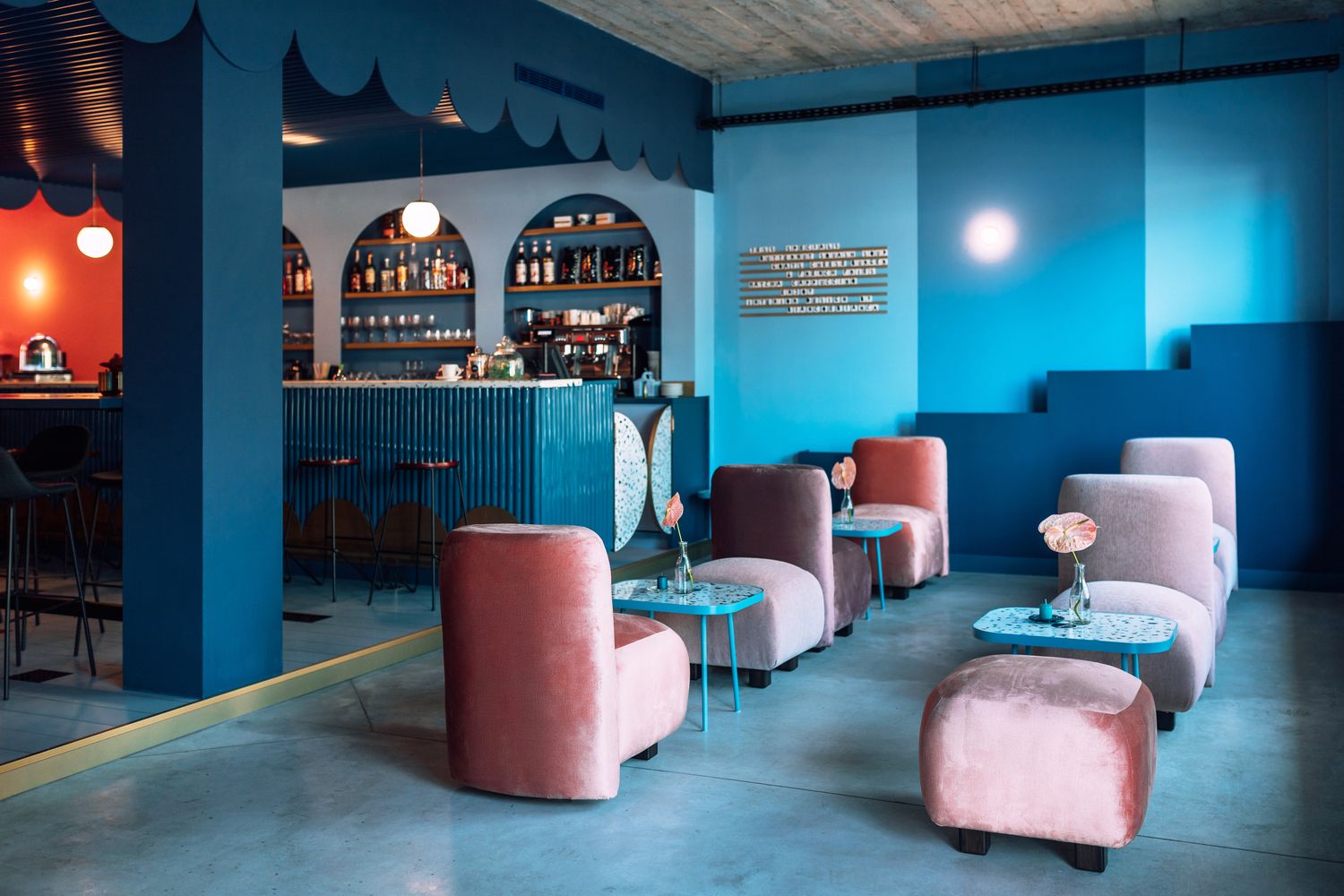
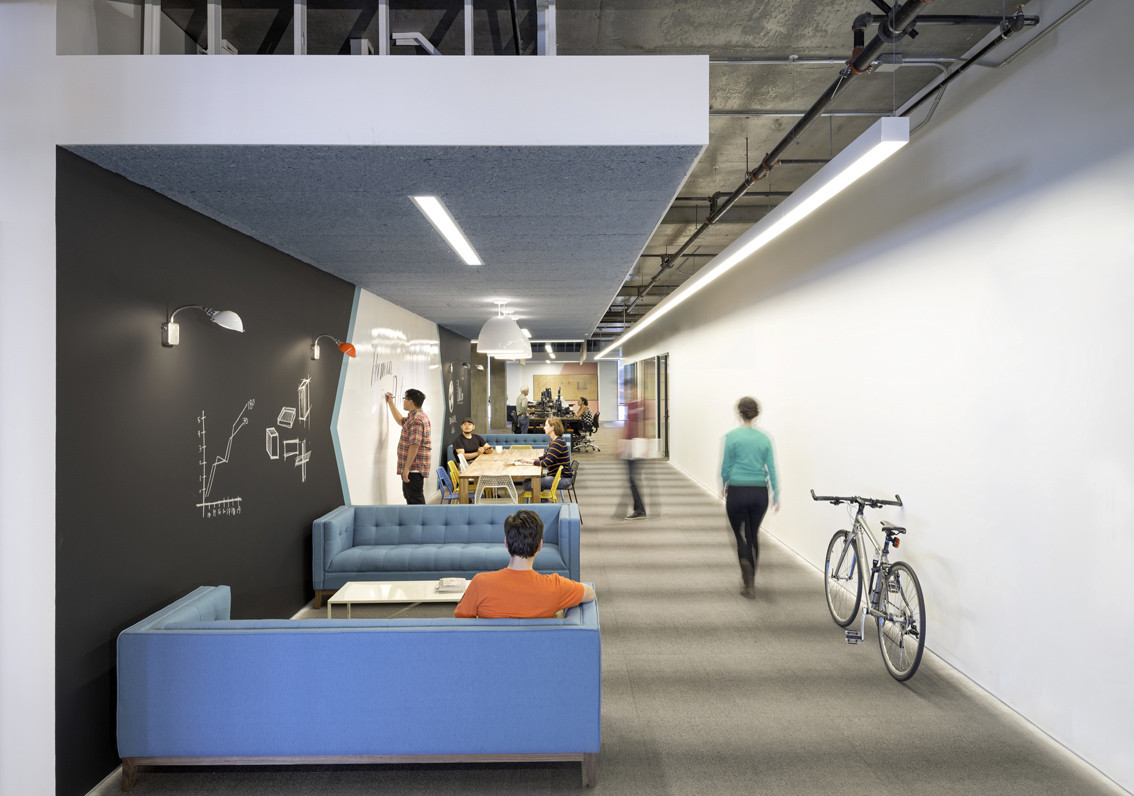

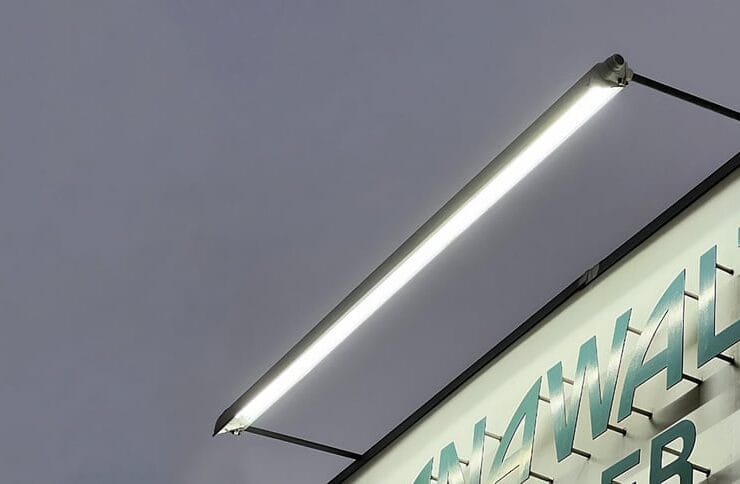
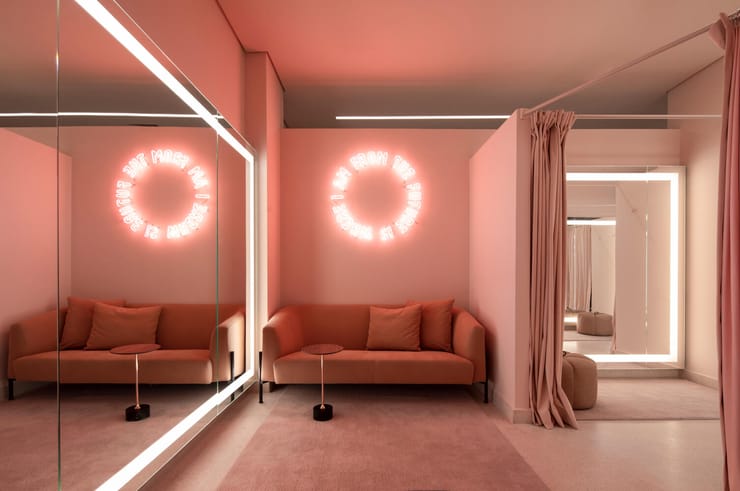
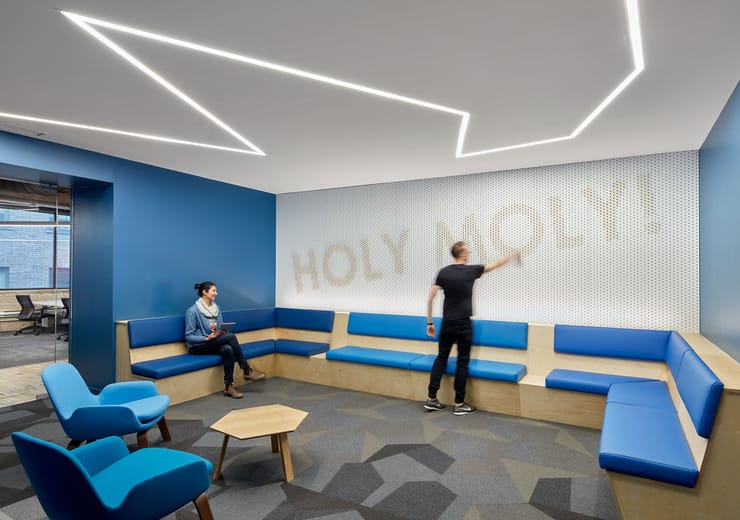
[…] practical terms, photometrics shows whether a lighting plan meets the qualitative and quantitative lighting requirements for a project. Proper use of photometry can improve the user experience in a space and provide […]
[…] lighting design imagines, creates, integrates, infuses and organizes lighting into a coordinated system, including […]